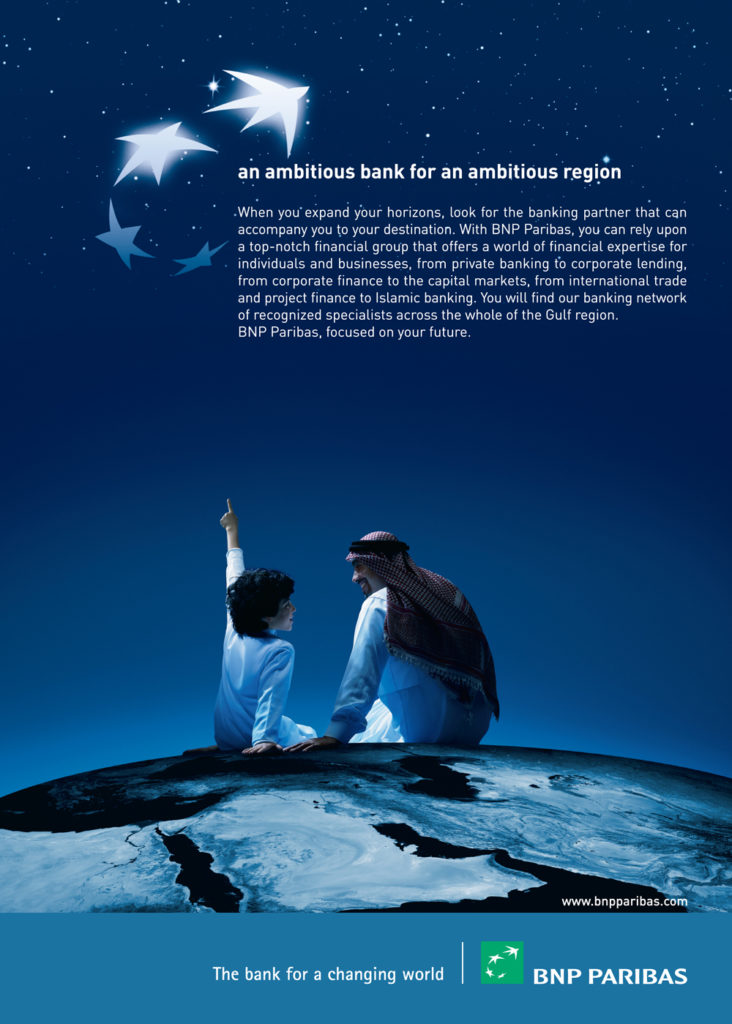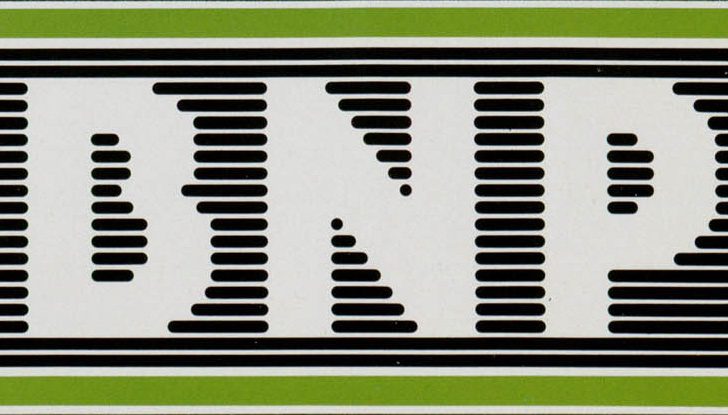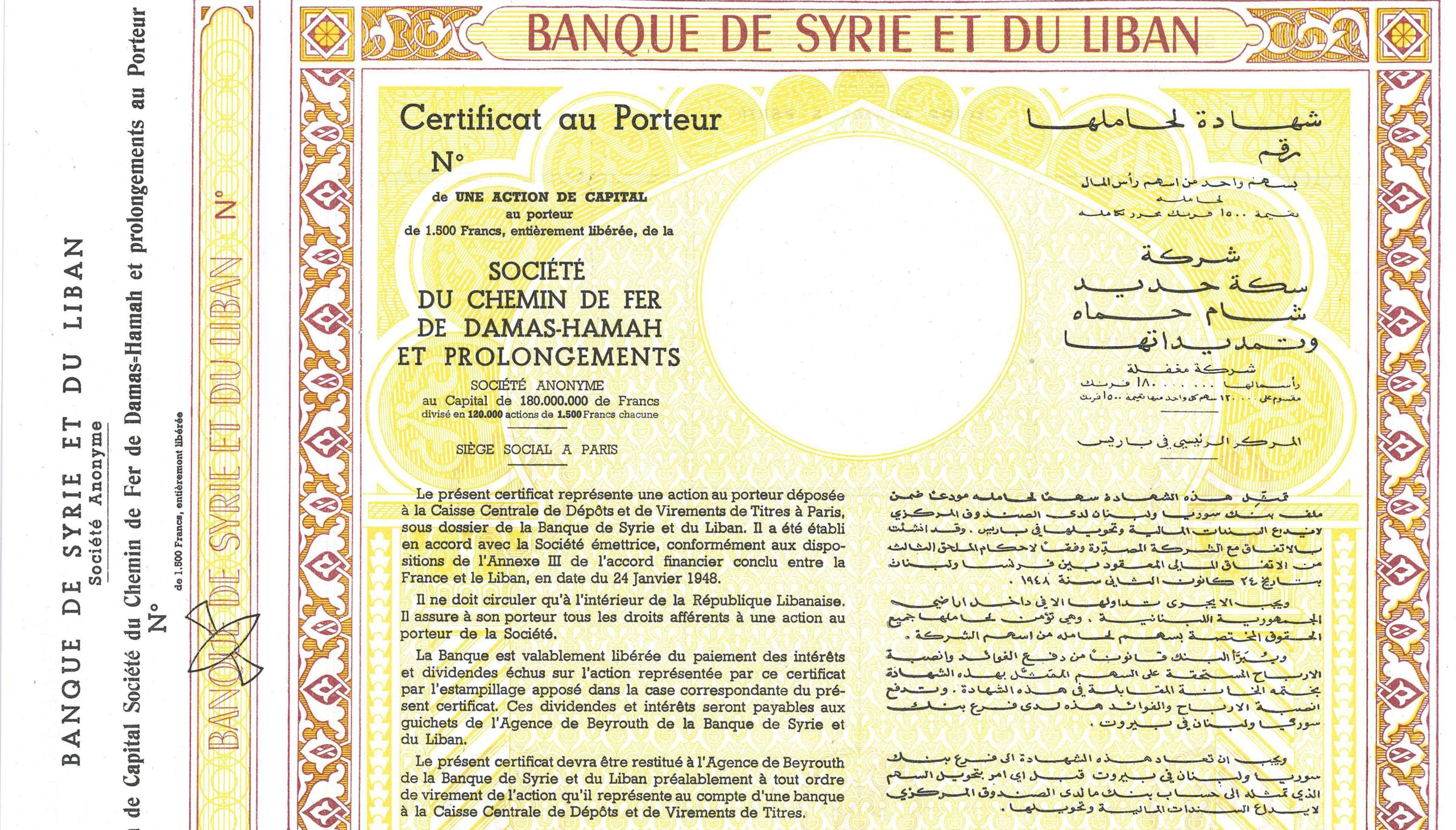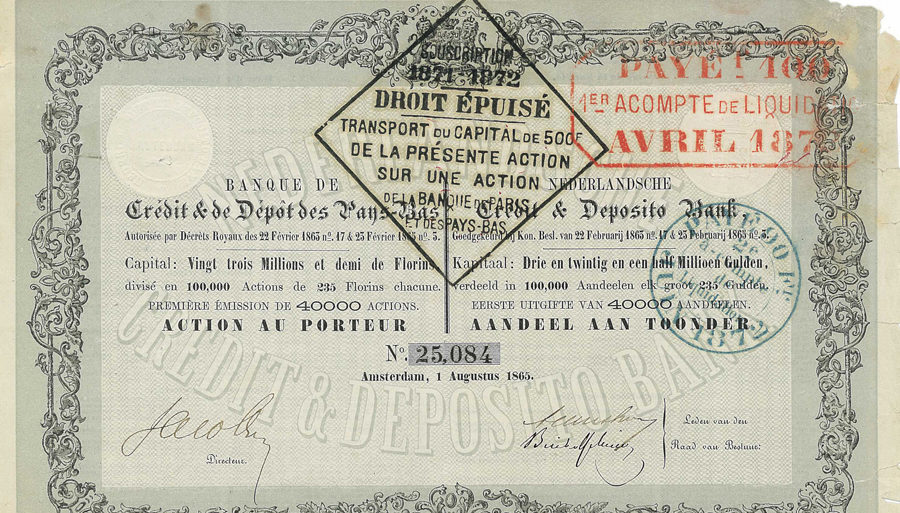From bold venture to regional hub: BNP Paribas in the Gulf States
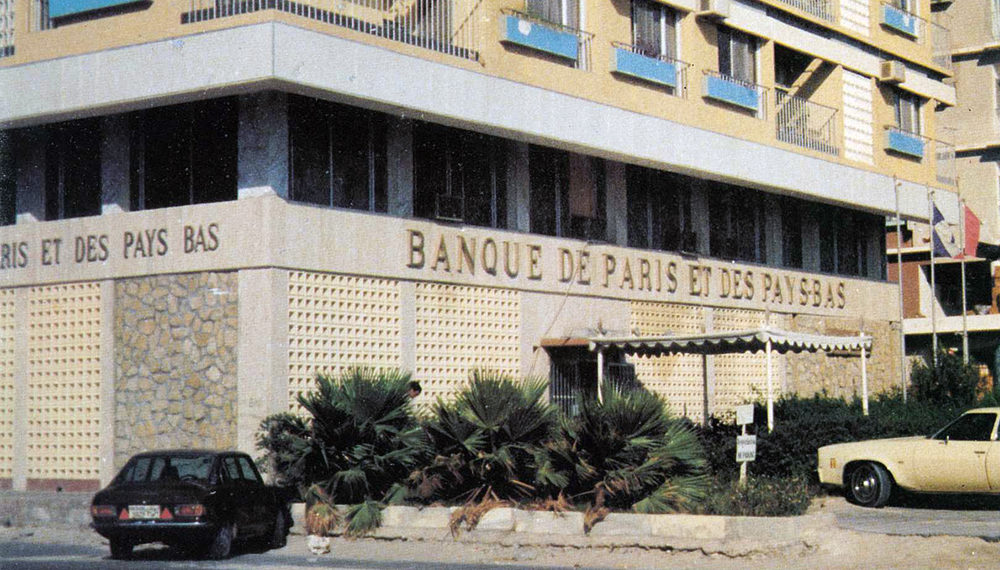
The history of BNP Paribas in the Gulf States highlights the pioneering strategy pursued by Paribas from the late 1960s enabled the Bank to lay the foundations of a commercial network in the Gulf region and set up a regional hub in Bahrain.
Paribas in the Gulf: a unique strategy
Paribas began to take a close interest in the Gulf States in the early 1960s. In 1968, at the urging of Claude de Kémoularia, Paribas set out a clear strategy with the aim of establishing a network of branches in the Gulf region. This was a bold move, given that British influence was still predominant in this region, leaving little apparent prospect for non-UK banks. Other major French banks had opted for a strategy of working through consortium banks with a large number of shareholders.
However, Paribas foresaw the opportunities which would some years later generate vast flows of petrodollars. French and other European corporate clients of Paribas that were able to draw on the latest technology were especially interested in investing in the oil sector and investment gradually began to flow into projects to exploit deposits of natural gas, chemicals and aluminium as well. Moreover, Paribas had the necessary experience to help finance large-scale industrial projects of this kind.
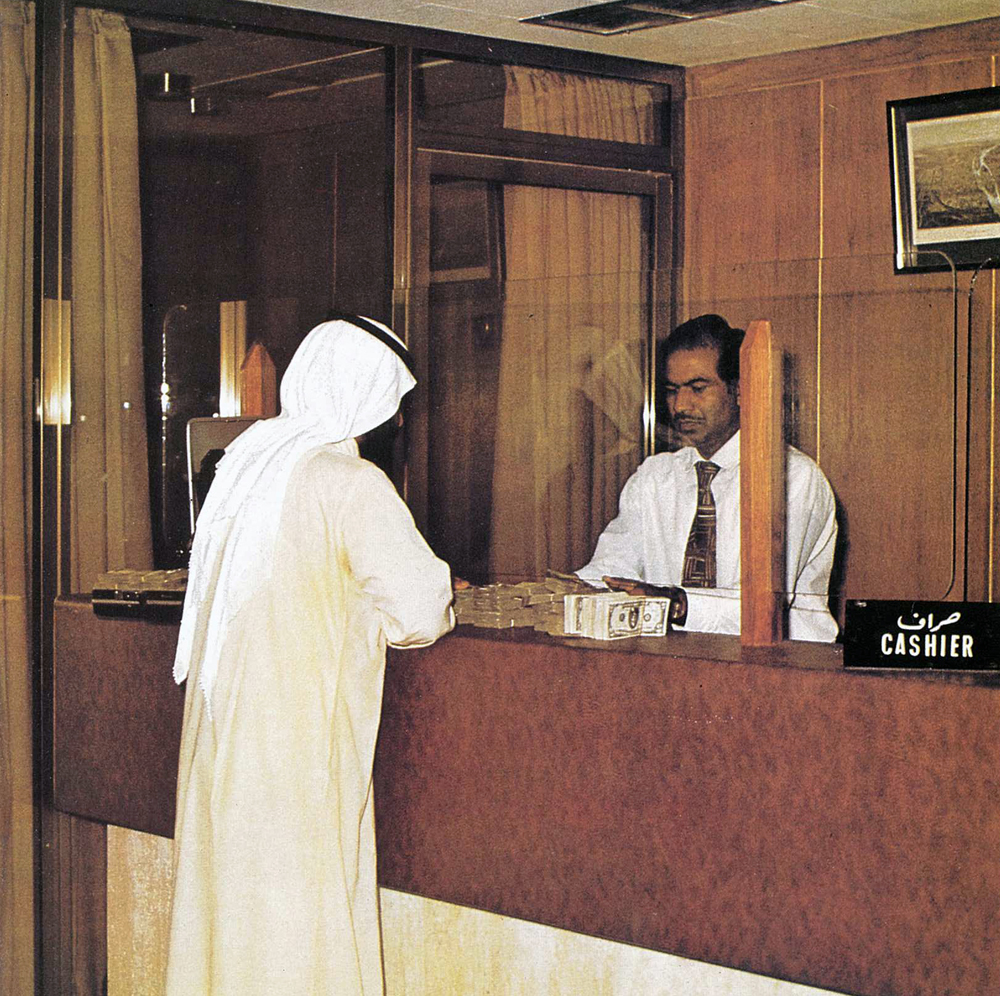
Paribas representatives undertook a large number of trips to the Gulf States and built up useful contacts. Meanwhile the geopolitical tenor of the region was changing as Bahrain, the United Arab Emirates (UAE) and Qatar all gained their independence in 1971.
Early results
In 1973, Paribas obtained authorisation to open branches in Doha (Qatar), Abu Dhabi and Dubai (UAE). Paribas also helped to found the Bank of Sharjah, taking a 20% stake in the new financial institution. Two years later, a Paribas branch was opened in Bahrain. Then in 1976, BNP opened its first branch in the Gulf, also in Bahrain.
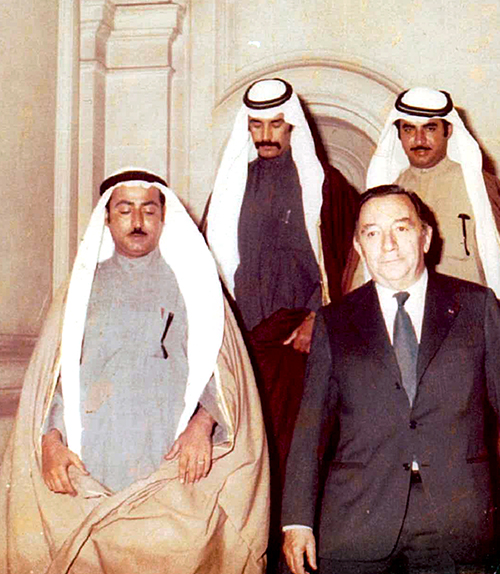
Merger of BNP and Paribas creates opportunities in the Gulf
At the moment when Paribas and BNP merged in 2000, Paribas was certainly the stronger of the two in the Gulf, having been there much longer and boasting a well-established network. Moreover, Paribas was the world’s leading bank for oil trading. However, BNP was the number one bank in non-oil commodities trading and this complementarity between the two mean that BNP Paribas was able to develop trading in the region.
Building a regional hub
Soon after the merger went through, the separate BNP and Paribas networks in the Gulf were unified and a regional hub established in Bahrain. The back-offices of the branches were then gradually centralised in Bahrain. During the following years, a large number of BNP Paribas Group businesses were rolled out in the Gulf region.
The regional setup was further enlarged with the opening of a branch in Kuwait in 2005, followed by a branch in the Kingdom of Saudi Arabia.
